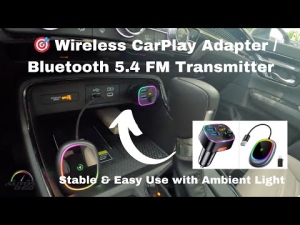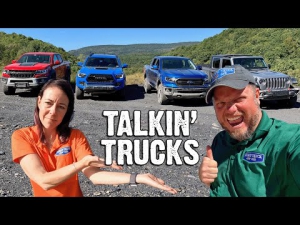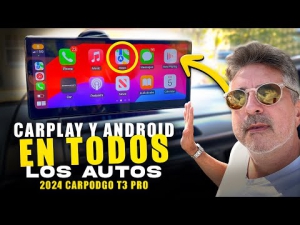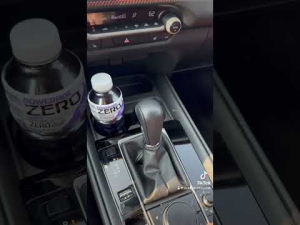Navigation in Cars Is Dead With the Integration of Apple CarPlay, Bluetooth
Apple CarPlay is all the rage these days, but is in-car navigation absolute because of it? Between Bluetooth and Google Maps integration, it seems that cars no longer need built-in navigation systems. If you are looking at a new car, is Apply CarPlay a critical feature to seek out?
What is Apple CarPlay and how does it work?
Apple CarPlay is Apple’s solution to everything automotive. With Apple CarPlay, drivers can use the car to get directions, make calls, send messages, and listen to music. It is essentially Bluetooth technology but better.
Apple CarPlay uses Apple Maps to give you direct and up-to-the-minute directions. This integrates traffic and closed road situations drivers might run into. It can also offer points of interest nearby, such as restaurants, hotels, and gas stations.
In 2021, Apple CarPlay can even lock and unlock your car. You can share your key with other people to get in the car and restrict the vehicle to specific profiles. The car key feature works even after your iPhone dies.
Why does CarPlay make navigation obsolete?
Anyone who has had navigation in a vehicle knows the answer to this question. In-car navigation requires tedious updates if it receives any updates at all. If there is construction or a closed road, navigation most likely won’t have that updated information. New roads are often missing, and traffic isn’t automatically updated.
According to Edmunds, back in 2018, there were both pros and cons to factory-installed navigation systems. When purchasing a vehicle with navigation, it was a clean and integrated look that appealed to buyers. It worked seamlessly (most of the time) with the car and reduced the need for using a cell phone.
These systems were usually GPS-based, which offered better connectivity than a cell phone. Still valid for those who might travel to places with limited cellular service. The bumper-to-bumper warranty would also cover this system.
When automakers did not fully integrate navigation systems, these were often subject to burglaries. This is not the case any longer. The system might have temporarily boosted resale value, but this decreases after a few years.
The case for new technology
Some more cons offered by Edmunds include the price of a navigation system. This can be all over the place, depending on the brand. Sometimes navigation is stand-alone and can be under $1,000. Other times, buyers are roped into a high-end package costing between $3,000 and $5,000.
Updating the systems can be a headache. Most of the time, buyers need to purchase a memory card or update that can cost a few hundred dollars. The final and most annoying con for navigation systems is the safety settings. Of course, these are in place for a reason. But frequently, you cannot edit or input something while the car is in the drive. Even stopped in a parking spot or driveway.
Plus, with Apple CarPlay, you can start to navigate and see potential issues before you even leave the house. This can ensure drivers leave on time or avoid specific routes that might take too long otherwise. Apple CarPlay solves many of the issues standard in-car navigation had. So will it make in-car navigation obsolete? It looks like it already has.
RELATED: You Can Buy a Used Tesla Model 3 With 15k Miles for the Same Price as a 2021 Model 3
The post Navigation in Cars Is Dead With the Integration of Apple CarPlay, Bluetooth appeared first on MotorBiscuit.







